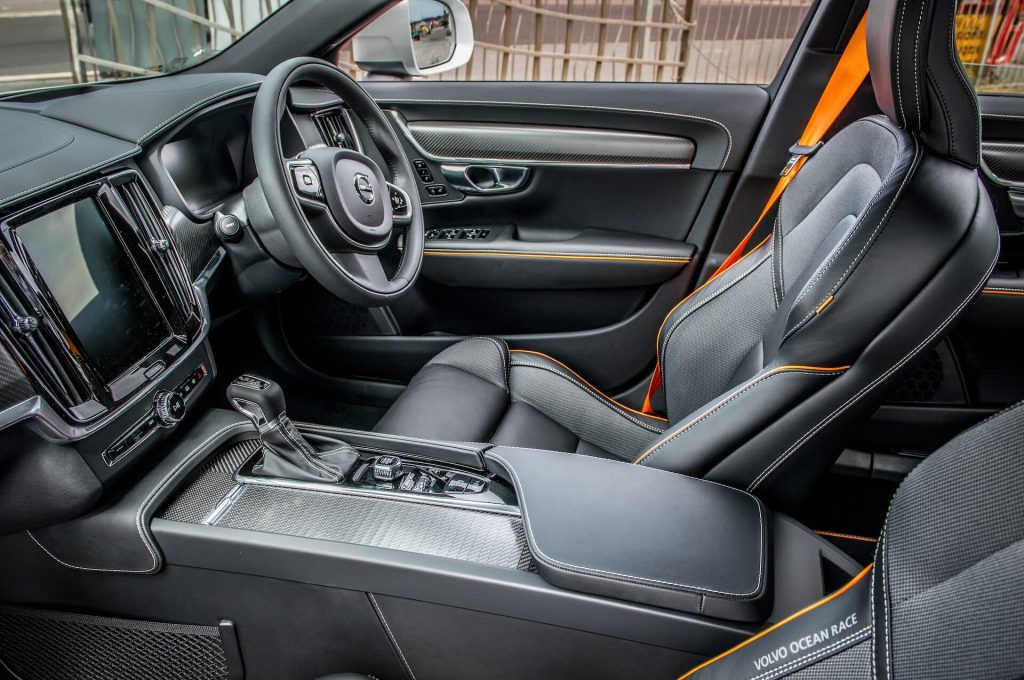Last Updated on February 17, 2025 by Mark S. Taylor
Universal seat covers are a popular choice for protecting and enhancing the appearance of car seats. However, due to their one-size-fits-most design, they may not provide a perfect fit right out of the package. In this article, we will guide you through various techniques and adjustments to make your universal seat covers fit better, ensuring a neater and more tailored look.

Contents
Understanding the Importance of Well-Fitted Seat Covers
Well-fitted seat covers not only enhance the aesthetics of your vehicle’s interior but also provide better protection for your seats against spills, stains, and wear. They can also help improve comfort by adding an extra layer of padding and preventing the original upholstery from becoming too hot or cold. Therefore, it’s essential to make adjustments to your universal seat covers to achieve a snug and customized fit.
Assessing the Fit of Your Universal Seat Covers
Before making any adjustments, assess the fit of your universal seat covers. Identify areas where the covers may be loose, wrinkled, or not conforming to the contours of the seats. Take note of any excess fabric or gaps that need to be addressed. This evaluation will help you determine the specific adjustments required for a better fit.
Making Adjustments to Improve Fit
- Adjusting the Straps and Buckles: Most universal seat covers come with adjustable straps and buckles. Start by tightening these straps to remove any excess fabric and ensure a secure fit. Experiment with different strap configurations to find the optimal tightness for your seats.
- Tucking and Folding Techniques: Tucking and folding the excess fabric can help create a smoother appearance. Begin by tucking the fabric into the gaps between the seat back and bottom. Use your hands or a plastic spatula to push the fabric as far as possible to create a tight and tailored look.
- Using Additional Fasteners or Clips: In some cases, universal seat covers may come with additional fasteners or clips to secure them in place. Attach these fasteners to the crevices or gaps between the seat components, such as between the seat and the backrest or the seat and the sides. This will help hold the cover tightly and prevent shifting.
Utilizing Seat Cover Accessories
- Seat Anchors or Hooks: Some vehicles have built-in seat anchors or hooks beneath the seats. These can be used to secure the seat covers in place. Attach the straps or hooks of the seat covers to these anchors for a more secure fit.
- Foam Inserts or Padding: If your universal seat covers still have excess fabric or wrinkles, consider using foam inserts or padding to fill in the gaps. This will help create a smoother and more customized appearance. Place the foam inserts strategically in areas that require extra support or to fill in empty spaces.
Customizing Universal Seat Covers
- Tailoring and Altering the Covers: If the universal seat covers are significantly oversized, you may consider tailoring or altering them to achieve a better fit. This could involve sewing or cutting the covers to match the contours of your specific seats. However, exercise caution and ensure you have the necessary skills and tools for the job.
- Using Elastic Bands or Cords: Elastic bands or cords can be an effective way to gather excess fabric and create a tighter fit. Attach the elastic bands or cords to the cover’s edges and cinch them to eliminate any loose areas. Be careful not to overtighten, as it may strain the fabric or affect the functionality of the seat.
Regular Maintenance and Care
Proper maintenance and care of your seat covers can also contribute to a better fit over time. Follow the manufacturer’s instructions for cleaning and washing the covers. Avoid using harsh chemicals or abrasive materials that could damage the fabric. Regularly inspect the covers for any signs of wear or loose straps, and make adjustments as needed.
Conclusion
By implementing the techniques and adjustments discussed in this article, you can significantly improve the fit of your universal seat covers. Remember to assess the fit, make necessary adjustments to straps and fabric, utilize seat cover accessories, and consider customization options if required. With a well-fitted seat cover, you can protect your car seats while enhancing the overall aesthetic appeal of your vehicle’s interior.

Frequently Asked Questions (FAQs)
1. Can universal seat covers fit all types of vehicles?
Universal seat covers are designed to fit most standard-sized car seats. However, due to variations in seat designs and sizes, there may be slight variations in fit. It’s recommended to check the measurements and compatibility of the seat covers before purchasing.
2. Are universal seat covers machine washable?
Most universal seat covers are machine washable. However, it’s important to follow the manufacturer’s instructions for the specific care and maintenance of your seat covers. Some covers may require gentle cycles or handwashing to maintain their quality.
3. Can seat covers interfere with airbags?
Properly fitted seat covers should not interfere with the deployment or effectiveness of airbags. However, it’s essential to ensure that the seat covers do not cover or obstruct the airbag areas. Read the instructions and safety guidelines provided by the seat cover manufacturer to ensure compatibility with airbags.
4. How often should seat covers be adjusted or readjusted?
The frequency of adjustments depends on factors such as usage, seat design, and the type of seat cover. It’s advisable to periodically check the seat covers for any signs of loosening or shifting. Make necessary adjustments as needed to maintain a snug and secure fit.
5. Can I install seat covers myself, or should I seek professional help?
Installing seat covers can typically be done by individuals with basic DIY skills. However, for more complex or tailored adjustments, it may be best to seek professional assistance.
Here are some articles that might interest you:
Read: Fuel Injector Cleaning Without Removal: How to Clean Fuel Injectors
